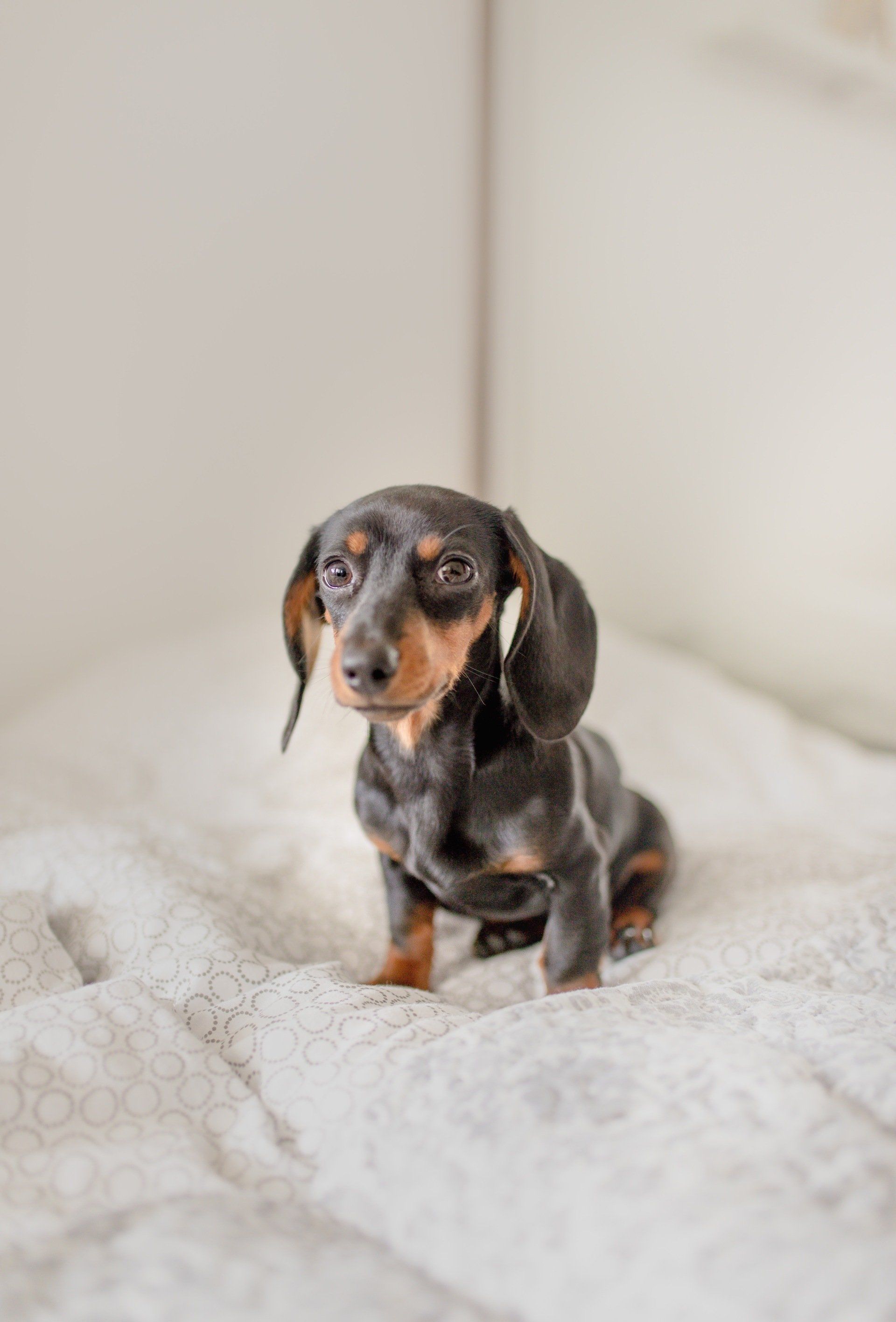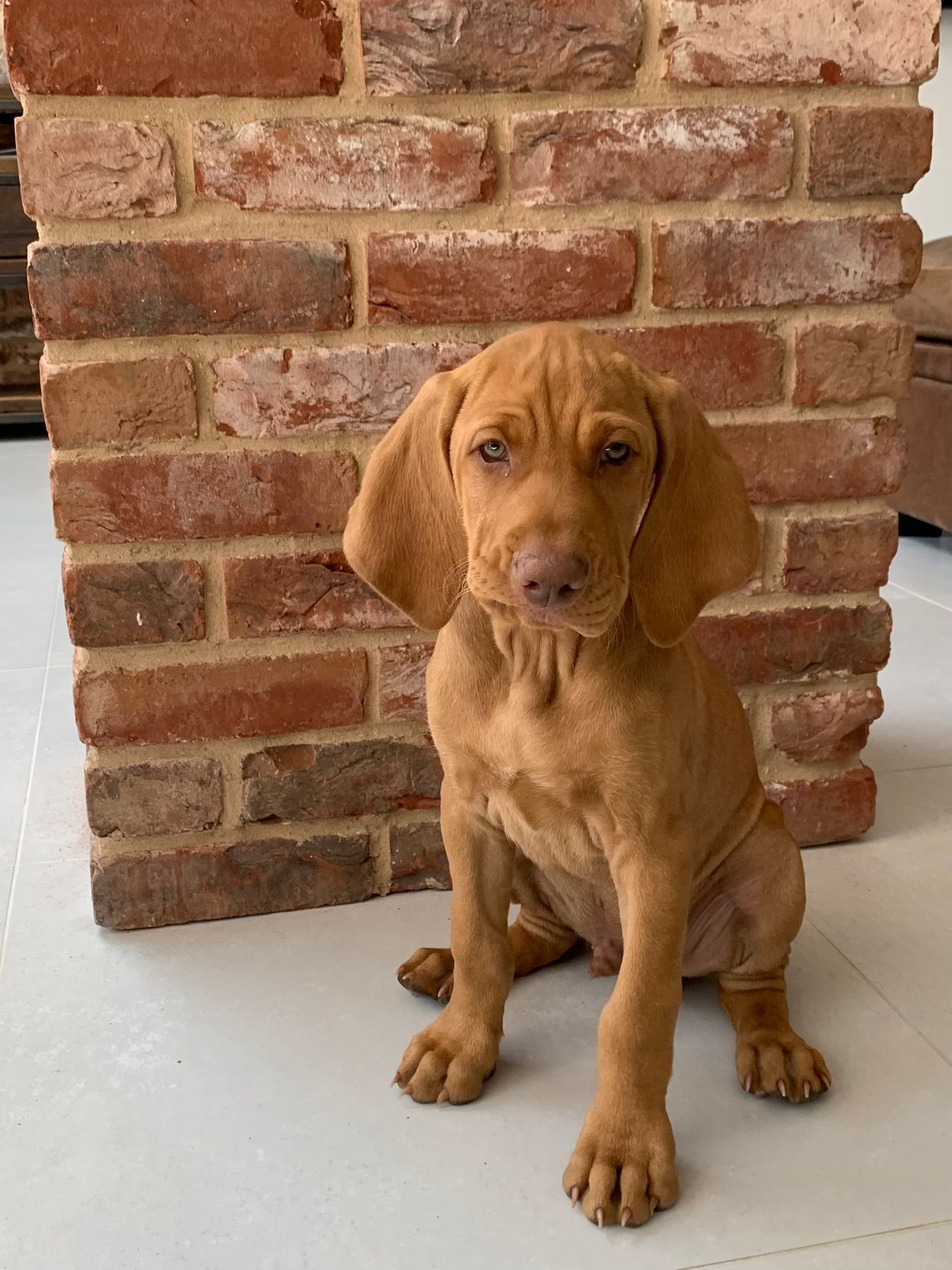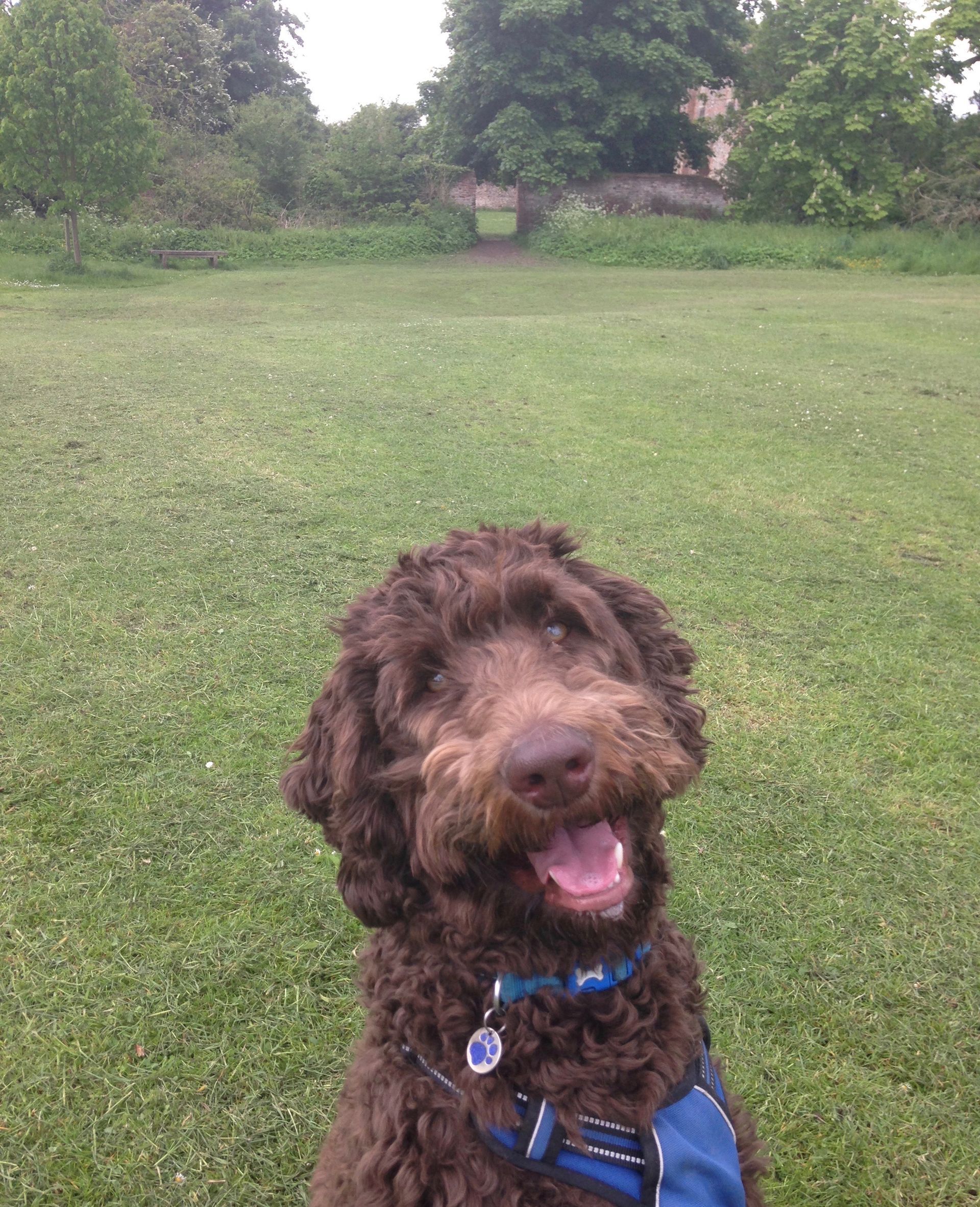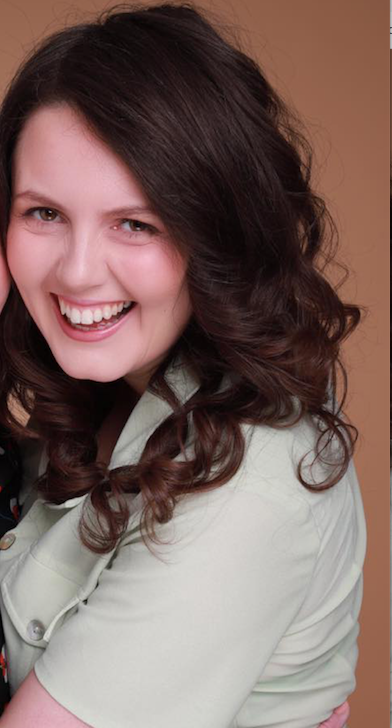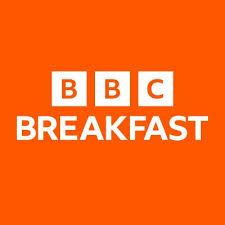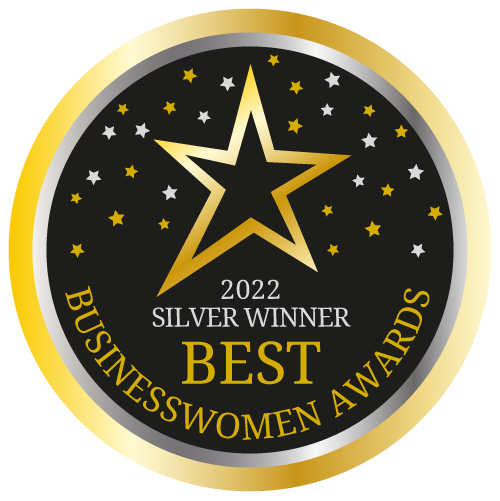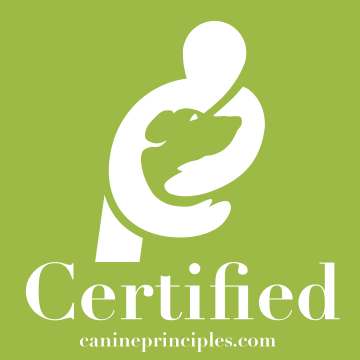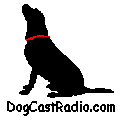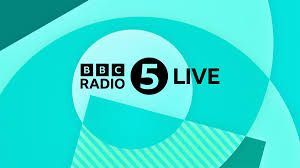How to help prevent separation challenges from forming in your dog
Separation related challenges
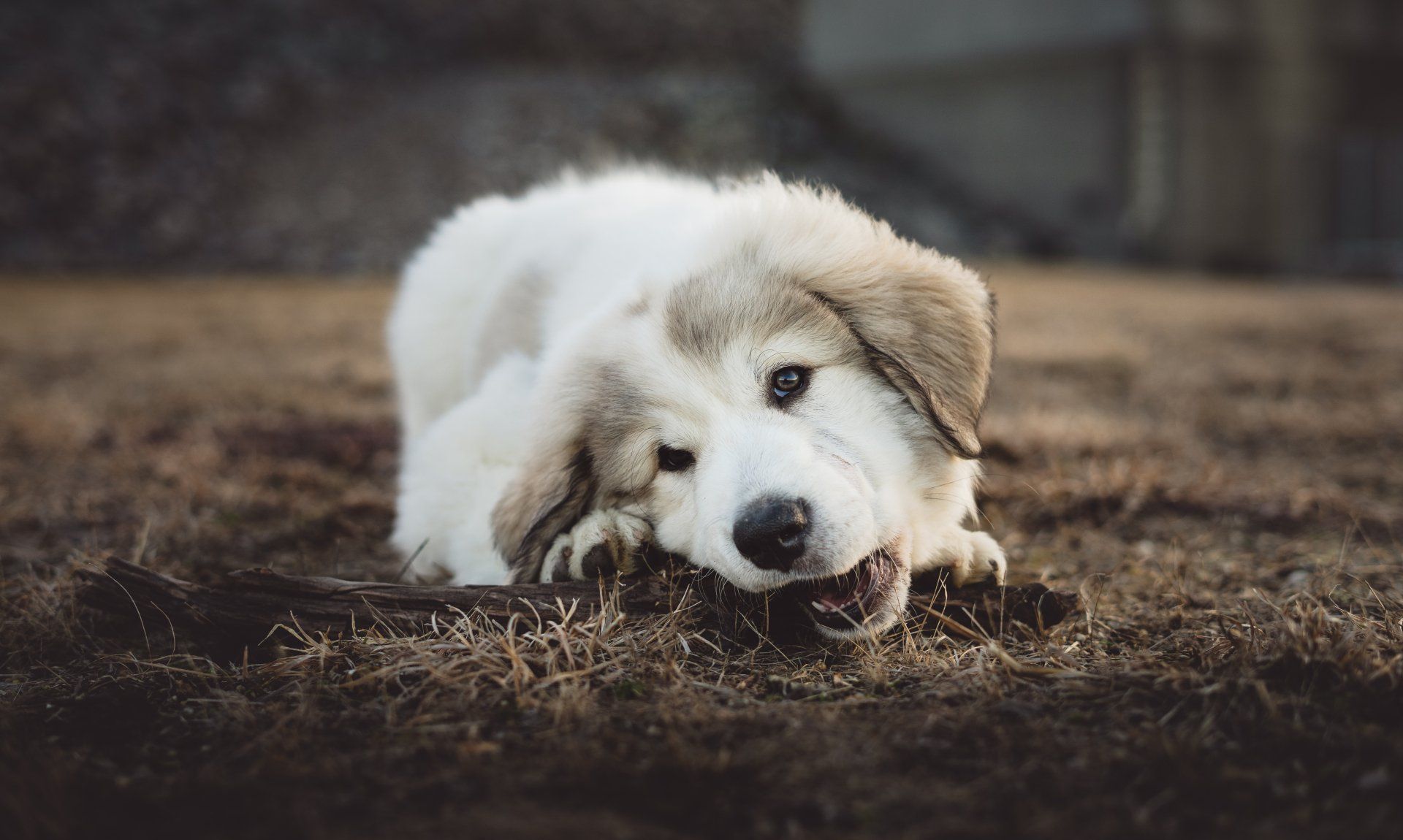
Dogs are social creatures. They live in packs with other dogs. They will always seek out warmth and comfort and that’s why you often find them beside you on the sofa. Temperament defines how things land on you and how you feel. Something that happens to you may not have the same response with another person and vice versa – the same goes for dogs. Dogs are different – with different life experiences, different genes and different parents - epigenetic can play apart in a dogs behaviour. Epigenetic's is when stress that a mother (dam) experiences can get passed on to her puppies in the womb.
Building a dog’s confidence by allowing them to have different experiences, carefully, between the ages of 5 – 10 months may help prevent the onset of challenges (Bradshaw, 2022). I have used the word carefully as this is the time that many dogs go through adolescence and move from juvenile responses to more bold behaviour. Therefore if they become scared of something rather than fleeing- which in itself can be dangerous if it’s near a road especially – many dogs will turn to fight mode.
Some dogs will react when you pick up your keys or coat and they are likely to feel anxious at your departure. There isn’t a one size fits all approach to separation related challenges and there can be different reasons a dog chews items when it is left.
It can be for attention, expecting attention, distress, boredom or frustration. In this blog I will talk about helping to prevent separation related challenges from forming.
Using baby gates
As well as a great tool to allow your dog to have access to an area to get away from it all, baby gates can be helpful to ensure a dog is not constantly following you everywhere.
You want to build up positive associations with this area – lots of chews and toys to enjoy.
Chews
Give your dog a tasty kong filled with goodies that they enjoy. You don’t want kongs to become a predictive cue that you’re leaving so give it to them when you’re there but also when you’re not right next to them too.
Don’t allow a dog to follow you everywhere
It’s important that your dog is not your shadow and following you around everywhere. This is where baby gates, where they have been introduced correctly are key. Allow them to be away from you so they are getting used to this.
Ensure they have sufficient exercise
Ensure that your puppy is getting enough physical and mental stimulation. Puzzle feeders and short sniffy activities where your dog has to find treats will help tire them out. If they are tired then they will not always be looking for lots of attention.
Allow your dog to do nothing and just settle
It’s important that puppies have time to sleep and relax and consolidate all their learning. A tired puppy can be nippy, jumpy and seek attention. It’s important that they have the opportunity to just do nothing and not be on the go all the time – chasing balls or running around.
The secret camera
Do you know what your dog gets up to when you’re out? Some dogs may howl, incessantly bark (there are different barks), pant, whine or drool, or chew or shred. These can all be signs of separation related distress. Setting up a camera is a sensible idea.
Should you allow your dog to cry it out otherwise you'll be 'pandering' to them? That’s the advice on google…..
No. This can be emotionally detrimental to a dog and cause bigger problems. If a dog is allowed to cry then this can put their sympathetic nervous system on high alert for smaller incidences when you leave them and you can cause bigger problems in the long run. The sympathetic nervous system releases adrenaline and in chronic cases can mean a dog’s immune system is compromised.
A dog should not be left in a crate to prevent them from chewing – they may start chewing the crate or even themselves in an attempt to cope.
Signs
If your dog is defecating or urinating in your absence it’s imperative to get a vet check to rule out anything medical first off. Also remembering that puppies cannot generally hold their bladder for more than 30 minutes is imperative too.
References
Bowen, Jon.; Heath, Sarah. Behaviour problems in small animals : practical advice for the veterinary team / Jon Bowen, Sarah Heath.Edinburgh : Elsevier Saunders; 2005.
Bradshaw, John and colleagues (2022), ‘Aetiology of separation-related behaviour in domestic dogs’, Vet Record.
Feuerbacher, Erica N. and L. Muir, Kristy, (2020), ‘Using Owner Return as a Reinforcer to Operantly Treat Separation-Related Problem Behavior in Dogs’, Animals 2020, 10, 1110.
